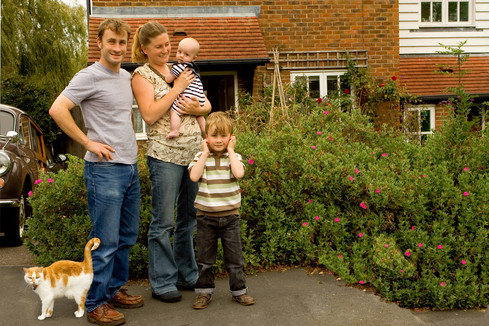

In 2012, the outstanding balance is $184,396. Part of each monthly payment pays down the principal and the interest.


The borrower's monthly payments are about $1,264.

QUALIFY FOR HARP PROGRAM WITHOUT MORTGAGE BY FANNIE MAE OR FREDDIE MAC MAC
Congressional proposals for large-scale refinancing of Fannie Mae and Freddie Mac loans include H.R. President Obama, in his 2012 State of the Union address, proposed streamlining the existing program to refinance Fannie Mae and Freddie Mac loans and establishing a new mass refinancing plan for non-Fannie Mae and non-Freddie Mac loans. Although some financial institutions may lose investment income from refinancing, others could benefit from the increased business associated with refinancing. Some of the additional spending of borrowers may come at the cost of the financial sector. A mortgage refinance could lower a borrower’s monthly payment, freeing up more income for non-housing-related spending. In addition, refinancing has the potential to have a larger effect on the economy by stimulating consumer spending. Because refinancing generally helps borrowers who are current, it is unlikely to have a major effect on the housing market, but it may prevent some foreclosures that could occur in the absence of a refinance. Large-scale refinancing helps borrowers who are current on mortgage payments to refinance into a new mortgage with a lower interest rate. One frequently discussed proposal for the housing market is expanding the Home Affordable Refinance Program (HARP) to refinance mortgages for borrowers shut out of traditional financing methods. Critics are concerned that further intervention could prolong the housing slump, delay recovery, and affect outcomes based on the government’s preferences. With the housing market seen as a locus for many of the economic problems that emerged, some Members of Congress propose intervening in the housing market as a means of improving not only the housing market itself but also the financial sector and the broader economy.


 0 kommentar(er)
0 kommentar(er)
